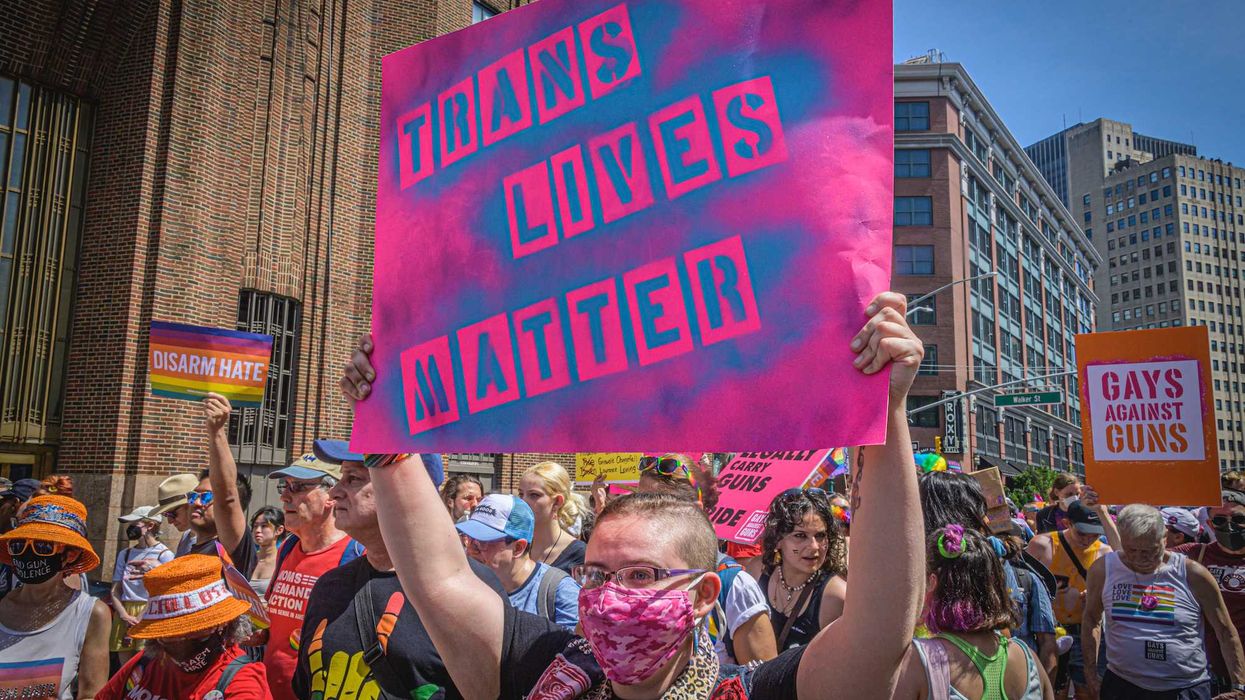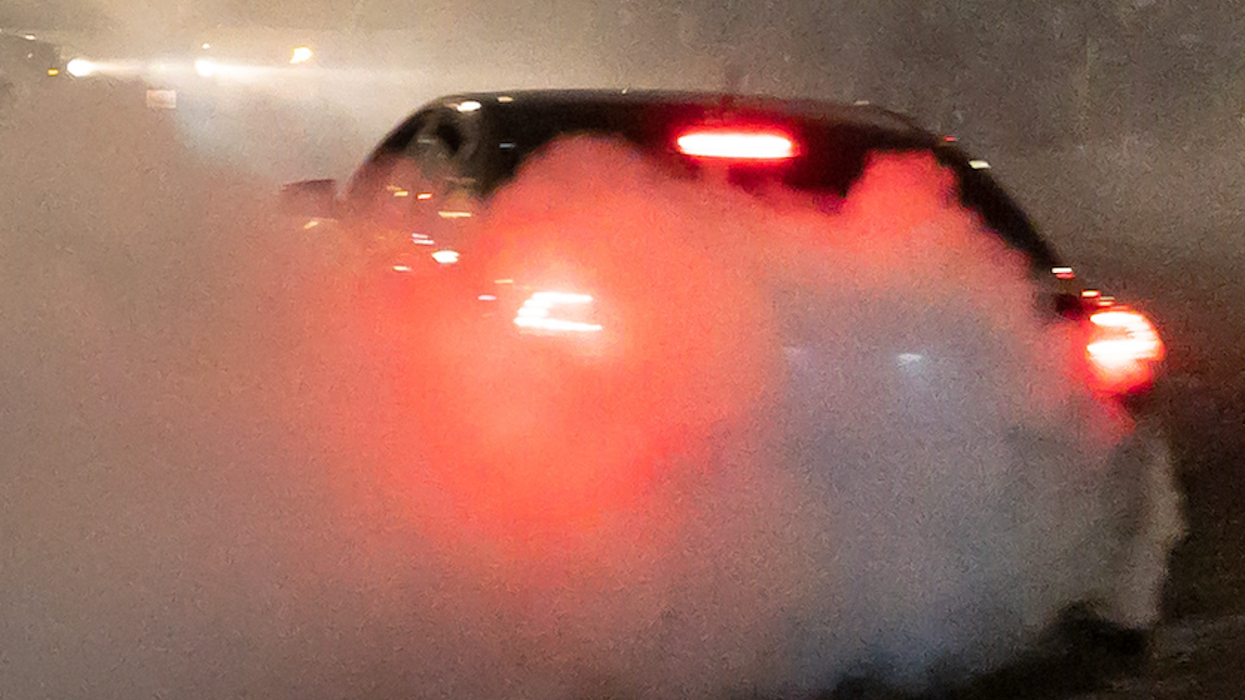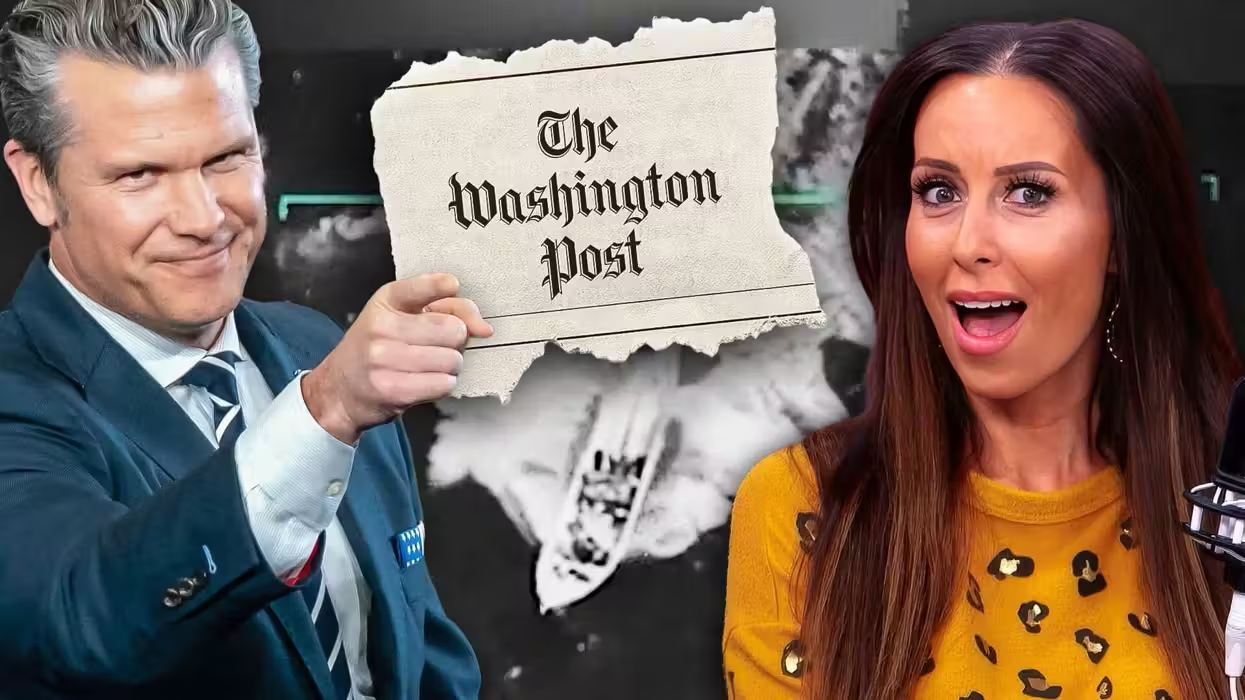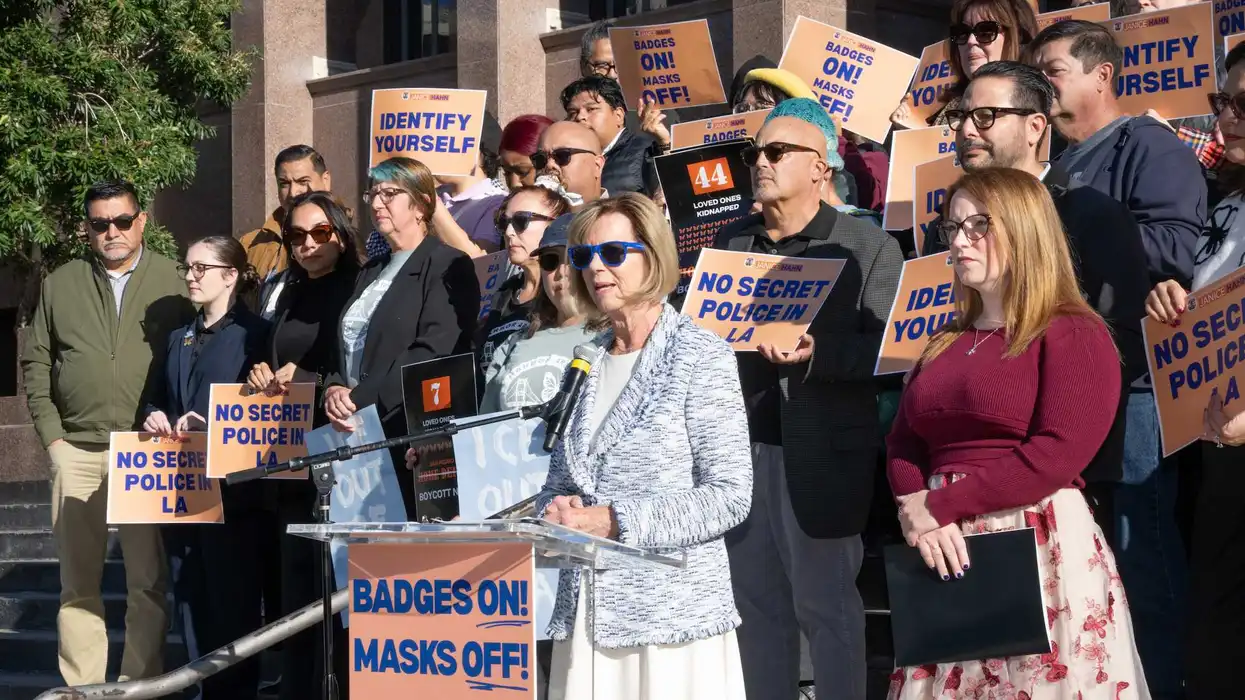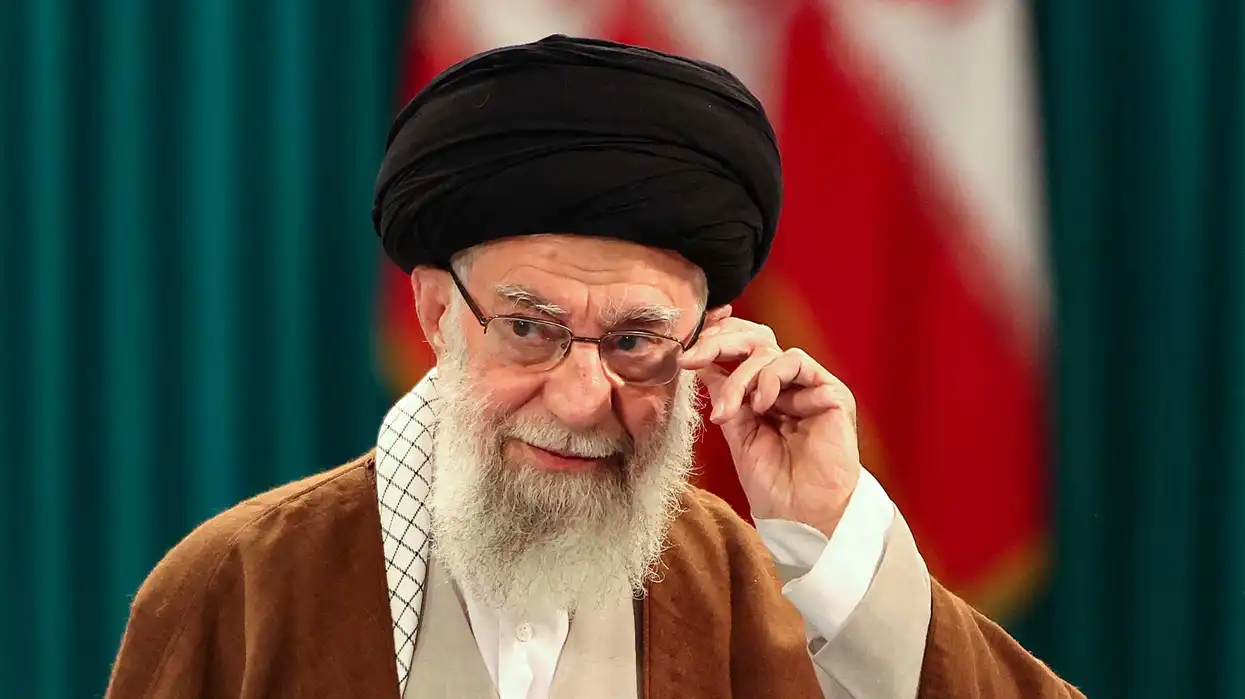© 2025 Blaze Media LLC. All rights reserved.
Netanyahu Orders Delay in Renovation of Hazardous Temple Mount Bridge Due to Threats of Muslim Violence
November 28, 2011
 Israeli Prime Minister Benjamin Netanyahu over the weekend ordered Jerusalem authorities to delay plans to take down a bridge connecting the Temple Mount with the plaza facing the Western Wall - the holiest site in Judaism - over Muslim threats of violence in the West Bank, Gaza, Egypt and Jordan if the renovation project goes ahead.
Israeli Prime Minister Benjamin Netanyahu over the weekend ordered Jerusalem authorities to delay plans to take down a bridge connecting the Temple Mount with the plaza facing the Western Wall - the holiest site in Judaism - over Muslim threats of violence in the West Bank, Gaza, Egypt and Jordan if the renovation project goes ahead.
This drama is just the latest example of Muslim leaders’ efforts to combat what they call the “Judaization” of Jerusalem, but what Israel refers to as its efforts to ensure freedom of worship for all religions in the Old City of Jerusalem.
In 2004, a combination of rainstorms, snow and a minor earthquake caused a collapse of the Mughrabi Ascent, a sand embankment linking the Mughrabi Gate of the Temple Mount to the Western Wall plaza. The gate is of vital importance to Israelis, because it’s the only entrance non-Muslims can use to visit the Temple Mount which is also the location of the al-Aqsa mosque and the Dome of the Rock, where Muslims believe their prophet Mohammed ascended to heaven. It's also the only access Israeli police have to the Mount in case of emergency or rioting and to protect Jewish worshippers at the Western Wall, who on many occasions have been subjected to Palestinian rock-throwing from above. A wooden bridge was erected as a temporary solution.
In May, Jerusalem’s municipal engineer said the temporary bridge was in danger of collapsing, which could endanger tourists walking on it or worshipers in the women’s prayer section of the Western Wall below.
Ha’aretz reports:
According to a senior Israeli official, the demolition of the bridge was planned for a 72-hour period beginning Saturday night. However, Netanyahu's bureau asked the municipality to postpone the work due to the sensitivity of the issue and warnings from Egypt that the action would focus protests in Cairo's Tahrir Square on Israel.
Previous Israeli efforts at infrastructure improvement around this highly-charged real estate have been used as a pretext for rioting in and outside Jerusalem by Palestinians who accuse Israel of wanting to harm Muslim holy sites. Earlier this month, the head of the PLO’s Jerusalem Department Ahmed Qurei said the bridge demolition is part of a greater Israeli scheme to remove the Arab and Muslim presence from Jerusalem and eventually destroy the al-Aqsa mosque and replace it with a Third Jewish Temple. Considered a moderate Palestinian leader, Ahmed Qurei was a key negotiator of the Oslo peace agreement with Israel.
Additionally, according to Ha’aretz, “posters were put up at Cairo's Al-Azhar University calling on Muslims to protect the mosque.” The Jerusalem Post reports:
Construction on the Mughrabi Bridge in 2007 sparked protest marches in Jordan, as well as calls for a third intifada and low-level violence in Wadi Joz and other areas of the Holy Basin. UNESCO investigated the site in an attempt to defuse religious tensions, and found that the construction was not damaging holy sites. However, it called on Israel to halt construction until a team of international observers could join.
Veteran Israeli journalist Nadav Shragai published a study on the Mughrabi issue for the Jerusalem Center for Public Affairs last month, pushing for a quick renovation and end to the affair “which has been blown up beyond all proportion”:
Israel is about to replace the hazardous, temporary bridge with a more stable, permanent bridge. This has elicited severe criticism and baseless incitement against the State of Israel in radical Muslim circles, who accuse Israel of endangering the mosques on the Temple Mount and scheming to seek their collapse as part of a plot to Judaize Jerusalem.The Jerusalem District Court has determined that the temporary bridge is no longer a suitable solution and has upheld the legality of the plan to replace it with a permanent bridge. The plan to establish a permanent bridge, and the archaeological excavations performed prior to constructing the new bridge, did not endanger and do not endanger the mosques on the Temple Mount which are located hundreds of meters from it.
Israel has acted with total transparency, allowing international supervision over the excavations at the location (by UNESCO and Turkey), and even positioned cameras that provided live transmission of the archaeological activities there.
Shragai provides extensive quotes from radical Palestinian figures who equate the renovation work with an "attack" on Islamic holy sites. And it’s not just words: Islamic Jihad in Gaza said it launched rockets toward the Israeli town of Sderot in response to Mughrabi excavations.
Ironically, when Jerusalem authorities erected the temporary wooden bridge it negatively impacted the Jewish side. “The iron scaffolding for it was erected inside the women's prayer section of the Western Wall Plaza, reducing the area by a third,” Shragai’s study said.
Before Israel captured East Jerusalem in 1967, Jordan (also protesting Israel fixing the bridge) controlled the Old City. As a point of contrast to Israel’s current efforts to allow freedom of worship, Jordanian authorities in 1948 expelled Jewish residents from the Jewish Quarter and destroyed their homes and synagogues. The Jordanian Arab Legion even blew up the Hurva Synagogue built in 1701. Those that weren’t totally demolished were used as hen-houses or stables. Only one out of 53 synagogues in the Old City remained intact.
Clearly Prime Minister Netanyahu has a delicate tightrope to navigate, on the one side ensuring the safety of worshipers and tourists. On the other, convincing moderate Muslims all construction work will be carried out with the requisite sensitivity. Efforts to sway conspiracy-wielding radicals will, as in the past, most likely fall on deaf ears. With the international community including the U.S. continuing to view Israel’s presence in East Jerusalem and the Old City as an “occupation,” Netanyahu faces an array of unsatisfactory options.
Want to leave a tip?
We answer to you. Help keep our content free of advertisers and big tech censorship by leaving a tip today.
Want to join the conversation?
Already a subscriber?
more stories
Sign up for the Blaze newsletter
By signing up, you agree to our Privacy Policy and Terms of Use, and agree to receive content that may sometimes include advertisements. You may opt out at any time.
Related Content
© 2025 Blaze Media LLC. All rights reserved.
Get the stories that matter most delivered directly to your inbox.
By signing up, you agree to our Privacy Policy and Terms of Use, and agree to receive content that may sometimes include advertisements. You may opt out at any time.

